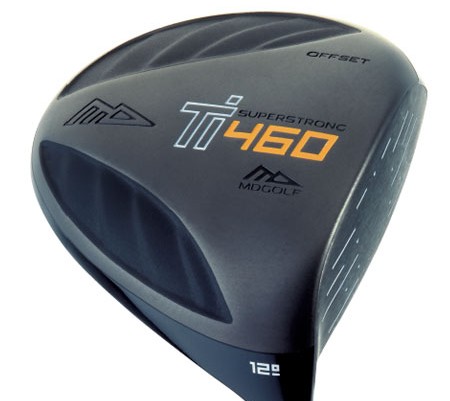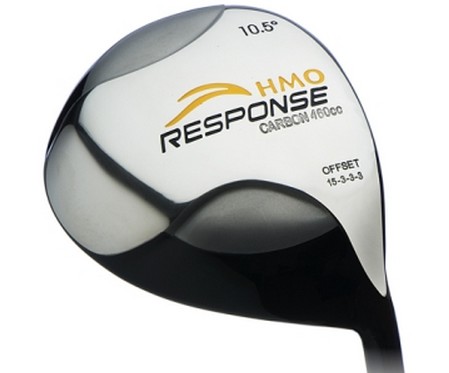Offset
Most perimeter-weighted clubs feature an offset clubhead. You will easily recognize the difference when you compare a blade and a game-improvement club. With a blade iron, the shaft is just about in line with the leading edge which lies between clubface and sole. With an offset, the leading edge of the clubhead is set behind the shaft, creating a lag effect when the player swings the club. The offset club forces the higher handicapper to keep his hands in front of the ball at impact, and assists him in getting his ball airborne.
The reasoning behind offset is simple. The high handicapper may get his hands behind the clubhead at impact, and thus send the ball on a low trajectory.

However, if the clubhead arrives late, it will deal the ball a more steeply descending blow, imparting more backspin on the ball and sending it on a higher trajectory.
Having said that, I personally don’t think anybody should play with his hands ahead of the ball. Ideally, your hands should be in line with the clubhead at impact. But if offset clubs look appealing to you, by all means, go ahead.
The latest innovation in clubhead design is the progressive offset, which may vary between 0.39 inches for a 1-iron, 0.25 inches for a 5-iron, and 0.1 inches for a sand wedge. Again, the principle behind it is that the 1-iron with its long shaft and its wide swing arc needs more offset than the wedge with its shorter shaft and steeper angle of downswing.
Although the Tommy Armour 845s, one of the first sets of irons with progressive offset, have been tremendously successful, I strongly recommend that you make sure you get consistent offset througout the set. If you don’t, you will have problems hitting all your clubs equally well in the long run. All your clubs, from the 1-iron to the wedge, should show the same angle between the leading edge and the shaft.

Leading Edge
The leading edge of a golf club is where the clubface meets the sole. As such, it plays an important role in the way you ground and play your club, and you want to make sure that you get the kind of leading edge that suits your game.
In general, the straighter the leading edge, the straighter you will hit the ball, because it is easier to aim a straight line at the target than a curved one. On the other hand, a curved leading edge makes the club easier to ground and hit, especially off the fairway. You will have noticed that your fairway woods, which are usually more curved than irons, are easier to hit in the rough. The setback is, of course, that they are more difficult to aim.